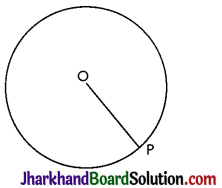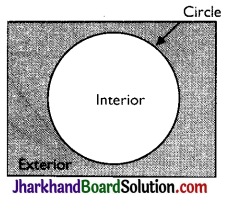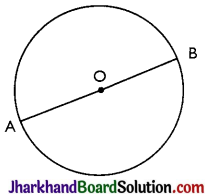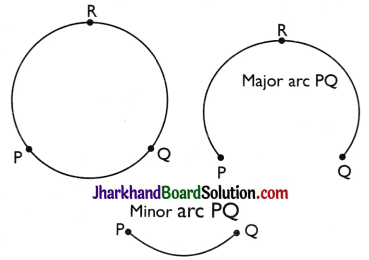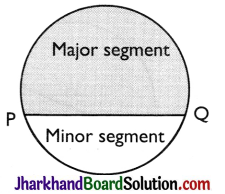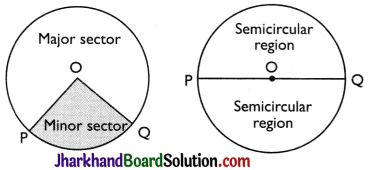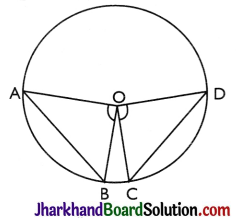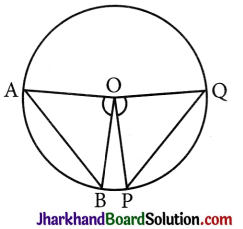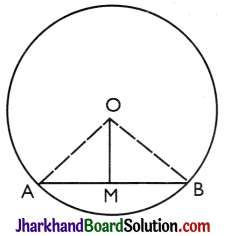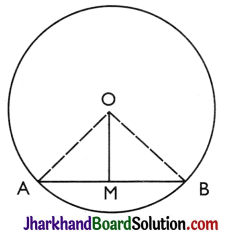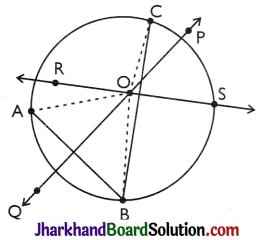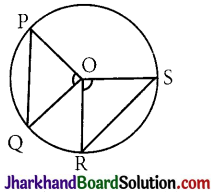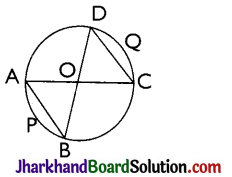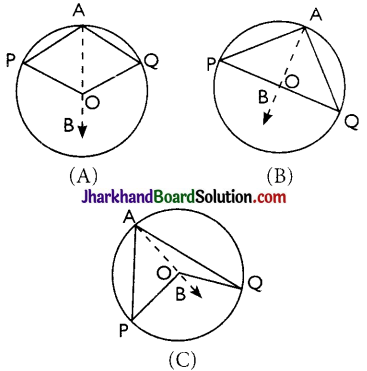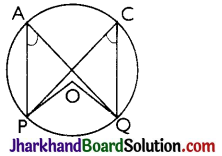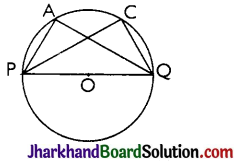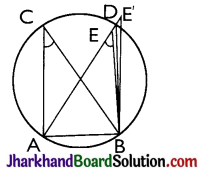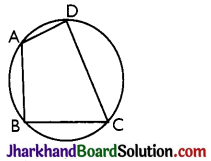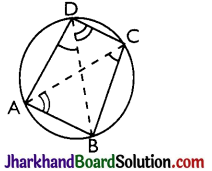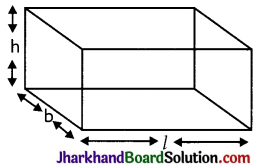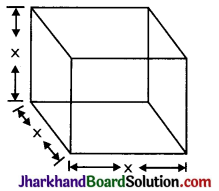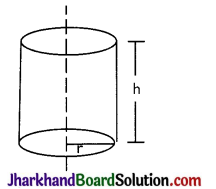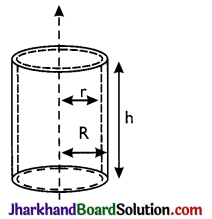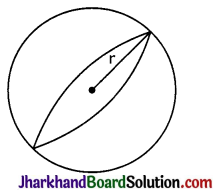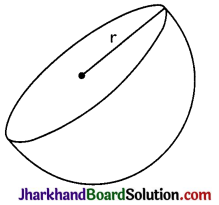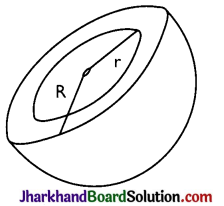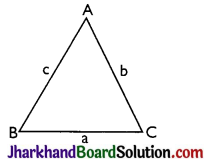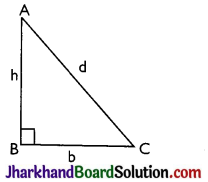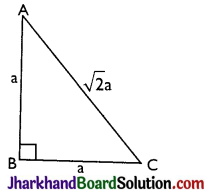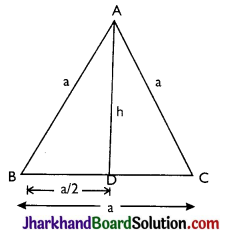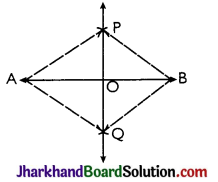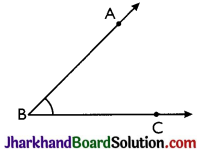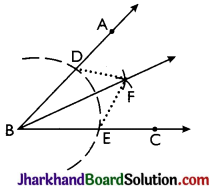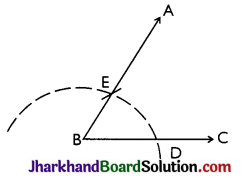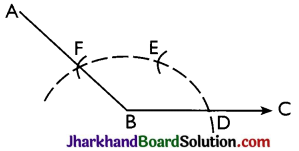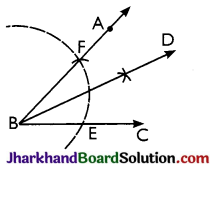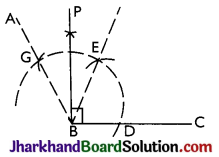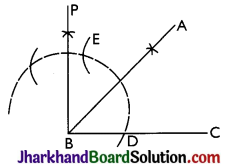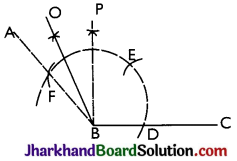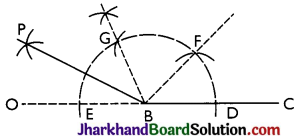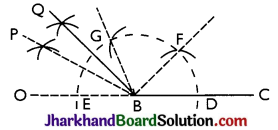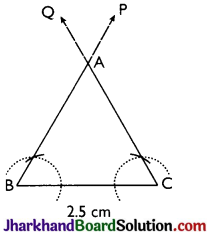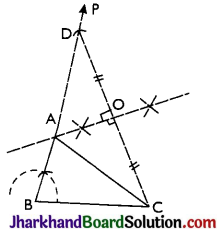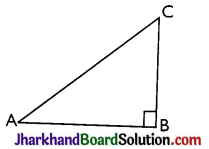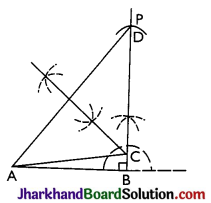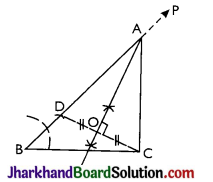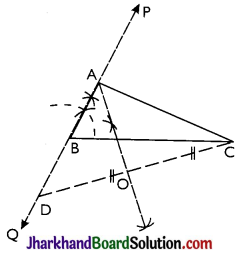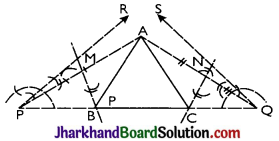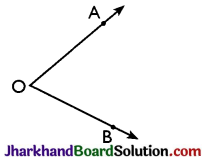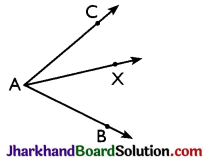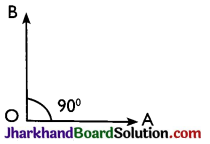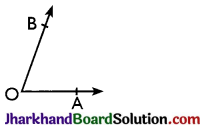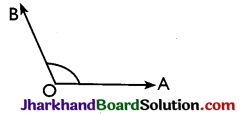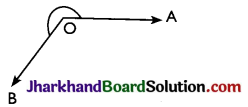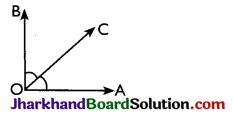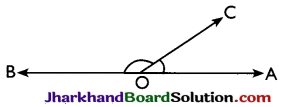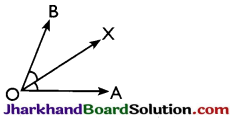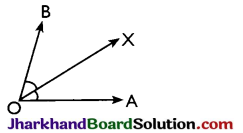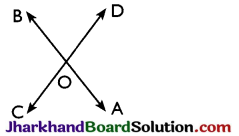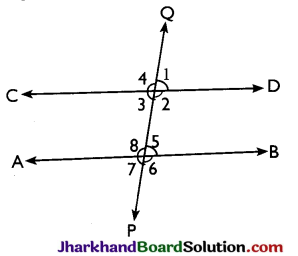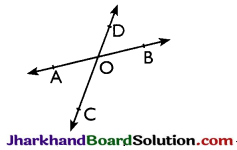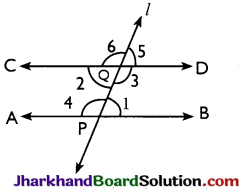JAC Board Class 7 Social Science Notes History Chapter 6 Towns, Traders and Craftspersons
→ In medieval period, many towns combined several functions such as there were temple towns, administrative centres, also centres for commercial activities and craft production.
→ Administrative Centres:
- The capital of Cholas, Thanjavur, and near to it the river Kaveri flows emerged as a temple town as well as an administrative centre.
- There were palaces with mandapas or pavilions where the kings hold court in these mandapas, issuing orders to their subordinates. There were also barracks for the army, besides the temple. Temples were built to show their devotion and power.
- The towns were bustling with different markets. At Svamimalai, the sthapatis or sculptors were making exquisite bronze idols and tall, ornamental bell metal lamps. The Saliya weavers of Thanjavur and the nearby town of Uraiyur were busy producing cloth for king, masses and temples.
→ Temple Towns and Pilgrimage Centres
- Temple towns represent a major role in urbanisation, the process by which cities develop. Temples were often central part to the economy and society. Thanjavur is an example of temple.
- Rulers gifted and provided temples with grants of land and money to carry out elaborate rituals, feed pilgrims and priests and celebrate festivals. Pilgrims also made donations.
- It provides an excellent instance of religious coexistence. Ajmer was the capital of the Chauhan kings in the twelfth century and under the Mughals it became the suba headquarters.
- Some of the temple towns are Bhillasvamin (Bhilsa or Vidisha) in Madhya Pradesh, Somnath in Gujarat, Kanchipuram and Madurai in Tamil Nadu, and Tirupati in Andhra Pradesh. Pilgrimage centres also slowly developed into townships such as Vrindavan in Uttar Pradesh and Tiruvannamalai in Tamil Nadu.
→ A Network of Small-Towns
- Eighth century onwards, from large villages, small towns emerged. They had a mandapika (or mandi of later times) to which from nearby villagers brought their produce to sell. They also had hatta (haat of later times) means market streets lined with shops.
- In later times, a samanta or a zamindar built a fortified palace in or near these towns. They levied taxes on traders, artisans and articles of trade.
→ Traders Big and Small
- Many types of traders were there. They usually travelled in caravans and to protect their interests they formed guild.
- Eighth century onwards, there were such type of guilds in south India, some of the famous were Manigramam and Nanadesi.
- There were some communities who went on to become the principal trading groups of the country like the Chettiars and the Marwari Oswal. Gujarati traders include Hindu Baniyas and Muslim Bohras traded extensively with the ports of the Red Sea, Persian Gulf, East Africa, Southeast Asia and China.
- Spices grown in tropical climates such as pepper, cinnamon, nutmeg, dried ginger, etc., became an important part of European cooking and cotton cloth was very attractive. These things eventually drew European traders to India.
→ Crafts in Towns:
- The decorated and inlay work in copper and silver came to called as Bidri. Bidar’s craftspersons were famous for it.
- The Panchalas or Vishwakarma community which consists of goldsmiths, bronzesmiths, blacksmiths, masons and carpenters were veiy important people. They played an important role in the construction of palaces, big buildings, tanks and reservoirs.
- In the same manner, weavers such as the Saliyar or Kaikkolars emerged as prosperous and important communities making donations to temples.
→ A Closer Look: Hampi, Masulipatnam and Surat The Architectural Splendour of Hampi
- In 1336, Hampi was founded by the Vijayanagara Empire. Hampi was located in the Krishna-Tungabhadra basin. The glorious detritus at Hampi reveal a well- fortified city. In the construction of the walls, no mortar or cementing agent was used and the technique followed was to wedge them together by interlocking.
- The architecture of Hampi was extra-ordinary. The buildings in the royal areas had splendid arches, domes and pillared halls with niches for holding sculptures as well as they had well-planned orchards and pleasure gardens with sculptural motifs such as the lotus and corbels.
- In the fifteenth-sixteenth centuries, Hampi bustled with commercial and cultural activities.
- Temples were the hub of cultural activities and devadasis (temple dancers) performed before the deity, royalty and masses in the many-pillared halls in the Virupaksha (a form of Shiva) temple. One of the most important festival of Hampi was Mahanavami.
- In 1565, Hampi fell into ruin following the defeat of Vijayanagara by the Deccani Sultans — the rulers of Golconda, Bijapur, Ahmadnagar, Berar and Bidar.
→ A Gateway to the West: Surat
- Many pilgrim ships set sail from Surat, hence it was known as the Gate to Mecca. It was also the gateway for trade with West Asia via the Gulf of Ormuz.
- People of all castes and creeds lived in Surat hence, it was a cosmopolitan city.
- Surat was famous for its textiles with their gold lace borders (zari) and had a market in West Asia, Europe and Africa.
- Surat hundis were honoured and recognised in the far-off markets of Cairo in Egypt, Basra in Iraq and Antwerp in Belgium.
- Towards the end of the seventeenth century, the trade in Surat began to decline because of the loss of markets and productivity and other factors.
→ Fishingin Troubled Waters: Masulipatnam
- In seventeenth century, the town Masulipatnam or Machlipatnam was a centre of intense activity. It lay on the delta of Krishna river.
- It became the most important port on the Andhra coast as the Dutch and English East India Companies attempted to control Masulipatnam.
- The Qutb Shahi rulers of Golconda enforced royal monopolies on the sale of textiles, spices and other items to prevent the trade passing completely into the hands of the various East India Companies. This led to fierce competition among various trading groups—the Golconda nobles, Persian merchants, Telugu Komati Chettis, and European traders which made the city prosperous and populous.
- The European companies started to look for alternatives. They moved to other .cities such as Bombay, Calcutta, Madras and hence, Masulipatnam lost both its merchants and prosperity and declined in the course of the eighteenth century.
→ New Towns and Traders
- In order to expand the commercial activities in the east, the English, Dutch and French formed East India Companies.
- The English emerged as the most successful commercial and political power in the subcontinent, since the European Companies used their naval power to gain control of the sea trade and forced Indian traders to work as their agents.
- This period also saw the decline of the independence of craftspersons because now they had to weave cloth which was already promised to European agents.
- In eighteenth century, Bombay (now Mumbai), Calcutta (now Kolkata) and Madras (now Chennai) became the important cities.
- The “blacks” or native traders and craftspersons were moved into the Black Towns established by the European companies within these new cities.
- The “white” rulers occupied the superior residencies of Fort St George in Madras or Fort St William in Calcutta.

